
How much do you tip a house cleaner in NYC?
In New York City, tipping a house cleaner typically ranges between 15-20% of the cleaning cost, depending on service quality and frequency. For regular cleanings, a monthly or holiday tip may suffice, while deep cleans often warrant a higher one-time tip. Expressing gratitude through tips fosters goodwill and acknowledges the cleaner’s hard work.
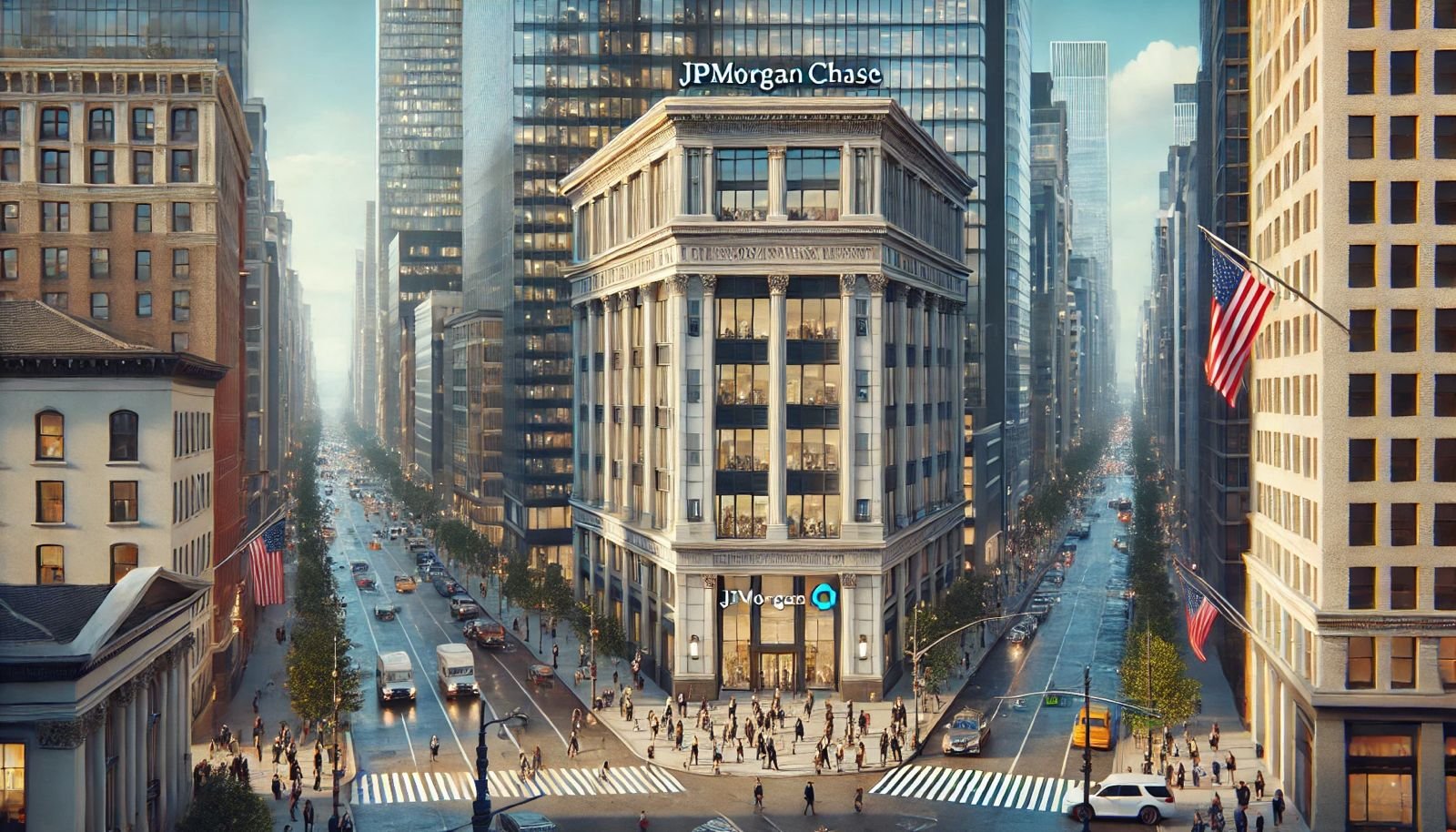
Who is the largest private employer in New York City?
Mount Sinai Health System holds the title of the largest private employer in New York City, employing over 42,000 people across various medical facilities. This highlights healthcare's vital role in NYC's economy and job market. From finance to tech, New York's diverse sectors support employment, with services like Sparkly Maid NYC ensuring quality in urban living.

Who is the highest paid cleaner in the world?
Professional cleaners can achieve impressive earnings, especially in specialized, high-end sectors. In this blog, we explore top-paid cleaners, like those at Sparkly Maid NYC, who excel by providing meticulous and personalized services to luxury clients. Learn how experience, skill, and reputation contribute to high earnings in this essential industry.
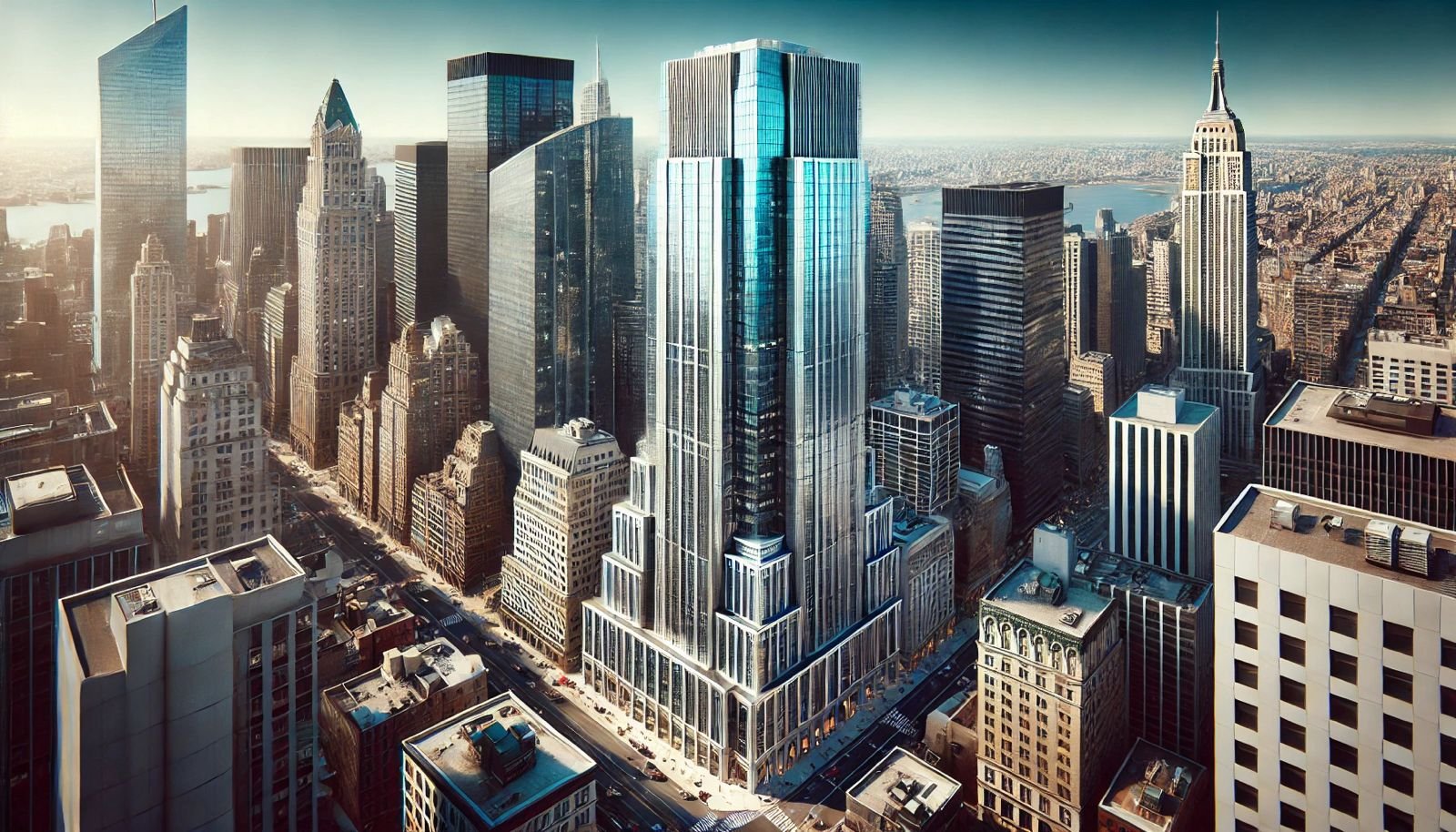
What is the Biggest Company in New York?
New York City is home to some of the world's largest companies, spanning finance, technology, healthcare, and media. This blog explores what makes a company "the biggest" in New York, examining metrics like revenue, market capitalization, and employee count. Giants like JPMorgan Chase, Verizon, and Pfizer shape the city’s economy and global influence.
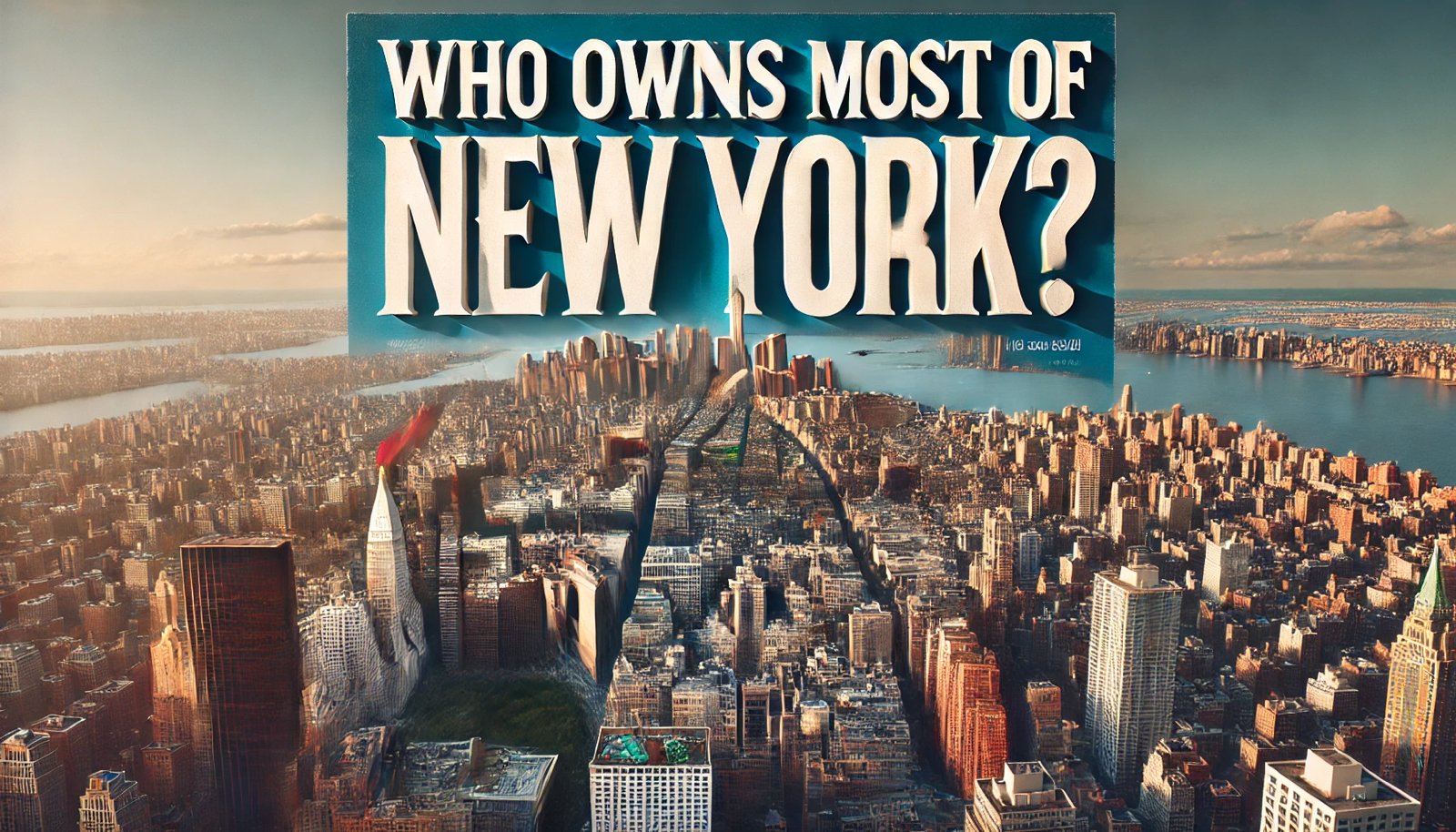
Who owns most of New York
New York City’s skyline and streets conceal a complex network of property ownership, shaping the city’s development and community resources. Government entities, private corporations like Vornado Realty Trust, and educational institutions such as Columbia University hold major portions of NYC’s real estate. This blog explores the city's primary landholders and their impact on urban growth.
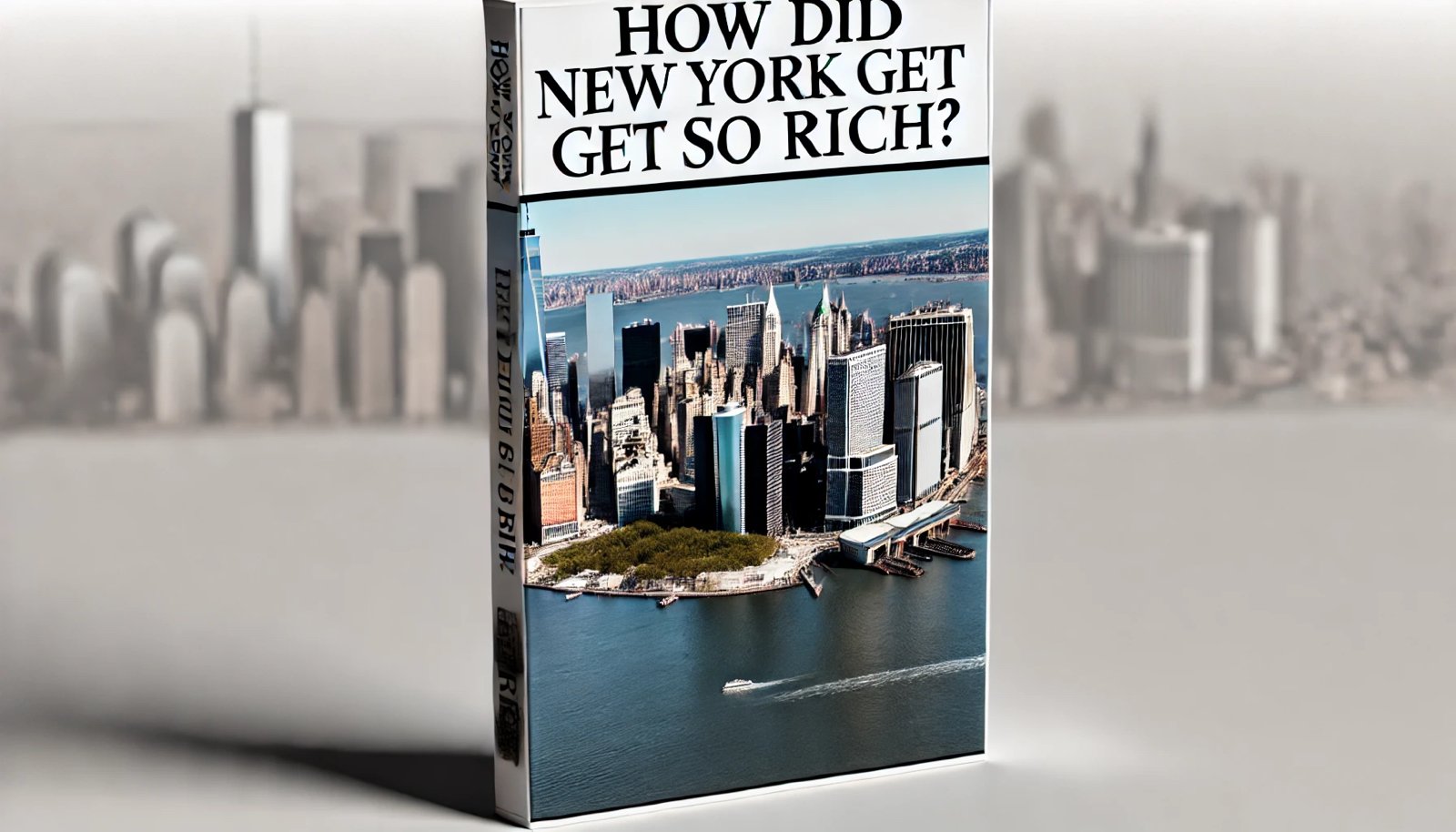
How did New York get so rich?
New York City’s wealth stems from its unique blend of geography, history, and industry. Located at a strategic harbor, the city evolved through waves of immigration, industrialization, and financial growth. This blog explores how factors like Wall Street, a thriving cultural economy, and resilient industries have made New York one of the world’s richest cities.

Does New York City have the best location?
New York City’s strategic geography, positioned at the Hudson River’s mouth, has propelled it into a global hub for trade, finance, and culture. Its natural harbor, extensive transport network, and unique topography provide New York with significant economic advantages. This blog explores how geography has been instrumental in shaping the city’s development.
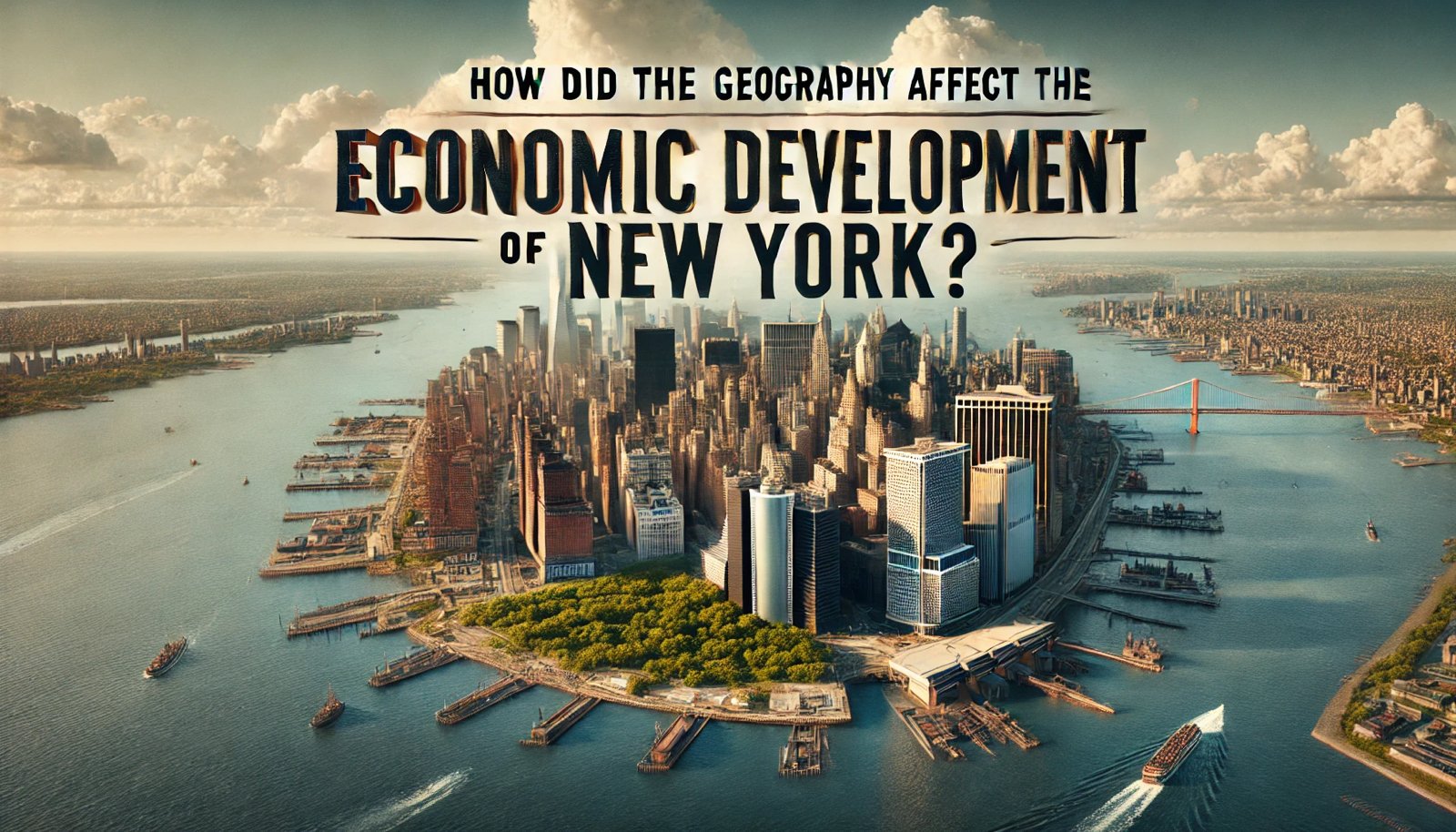
How did geography influence the economical development of New York?
New York City’s economic power is closely tied to its strategic geography. From its location at the Hudson River’s mouth to its natural harbor and extensive transport links, New York’s landscape has fueled its growth into a global trade, finance, and culture hub. This post explores how geography catalyzed New York’s rise.
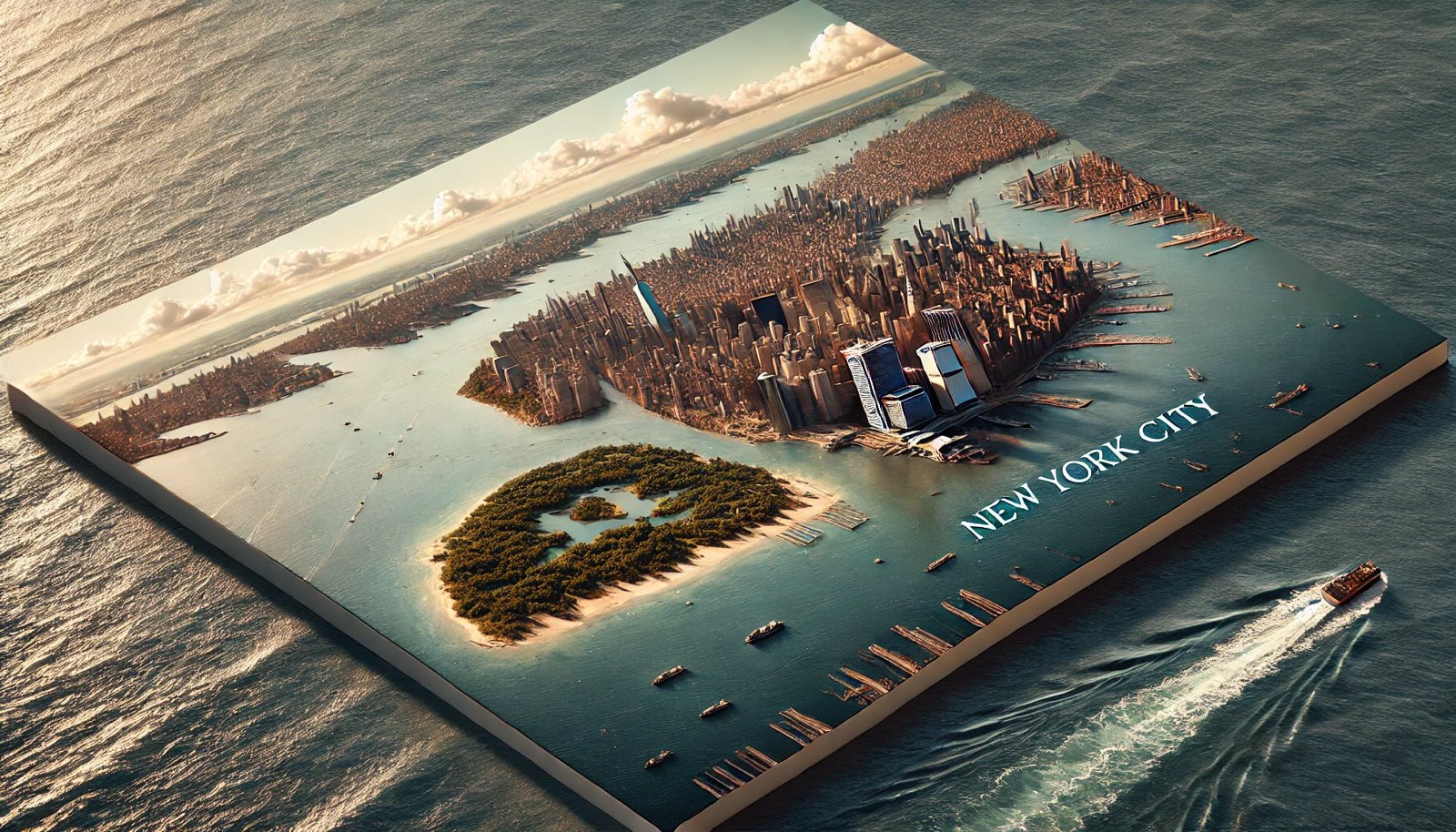
Is New York City an Island or Peninsula?
New York City's geography is as diverse as its culture, sparking questions about whether it's an island or a peninsula. Its unique layout across five boroughs, including Manhattan's island and the mainland Bronx, shapes its vibrant character. Understanding New York’s complex structure reveals how geography has influenced its cultural and economic development.

What are the geographical advantages of New York City?
New York City's geographical advantages have been pivotal in shaping its role as a global hub for finance, trade, and culture. With a strategic location, natural harbor, extensive transportation networks, and diverse landscapes, New York continues to be a beacon of economic growth and cultural diversity, influencing not only the U.S. but the entire world.
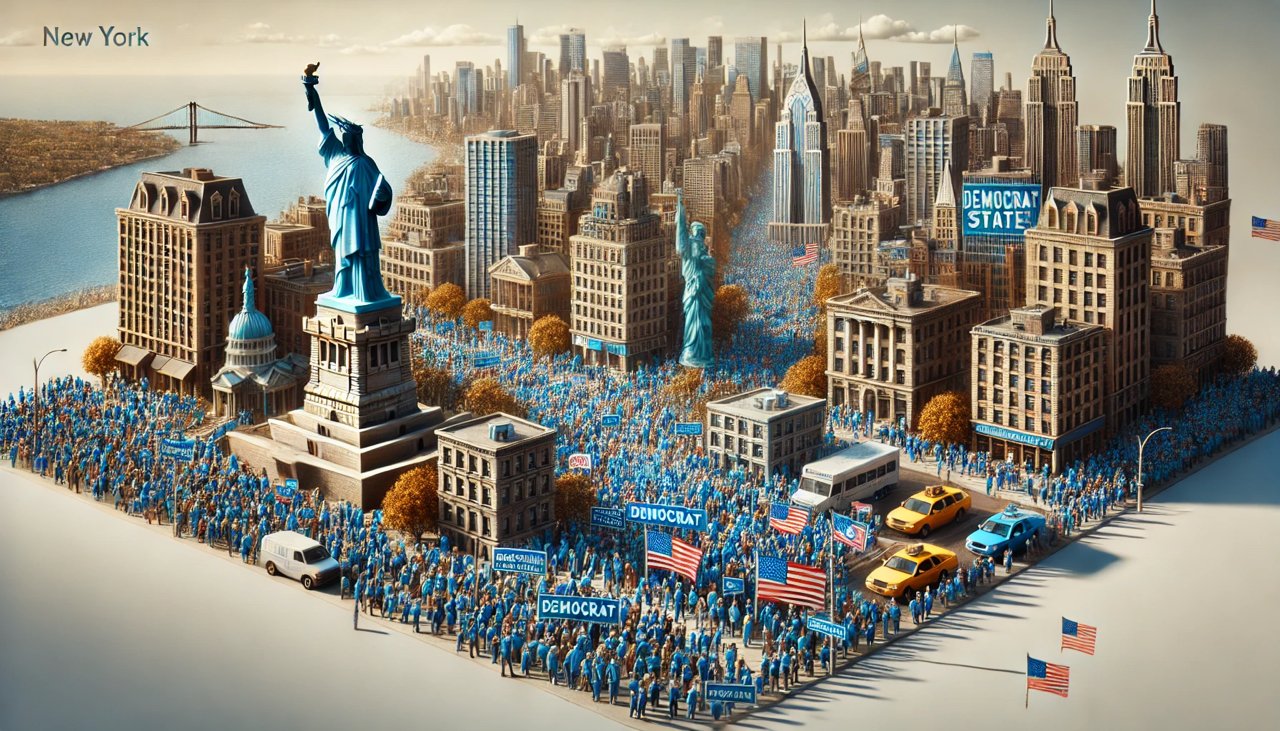
What is the reason New York has become such a democratic stronghold
New York City's Democratic dominance is rooted in its unique historical, demographic, and socioeconomic landscape. From Tammany Hall’s influence on immigrant communities to modern urban dynamics and socioeconomic factors, a rich tapestry of elements has shaped New York as a Democratic stronghold. Understanding this evolution sheds light on the city's enduring progressive influence in American politics.
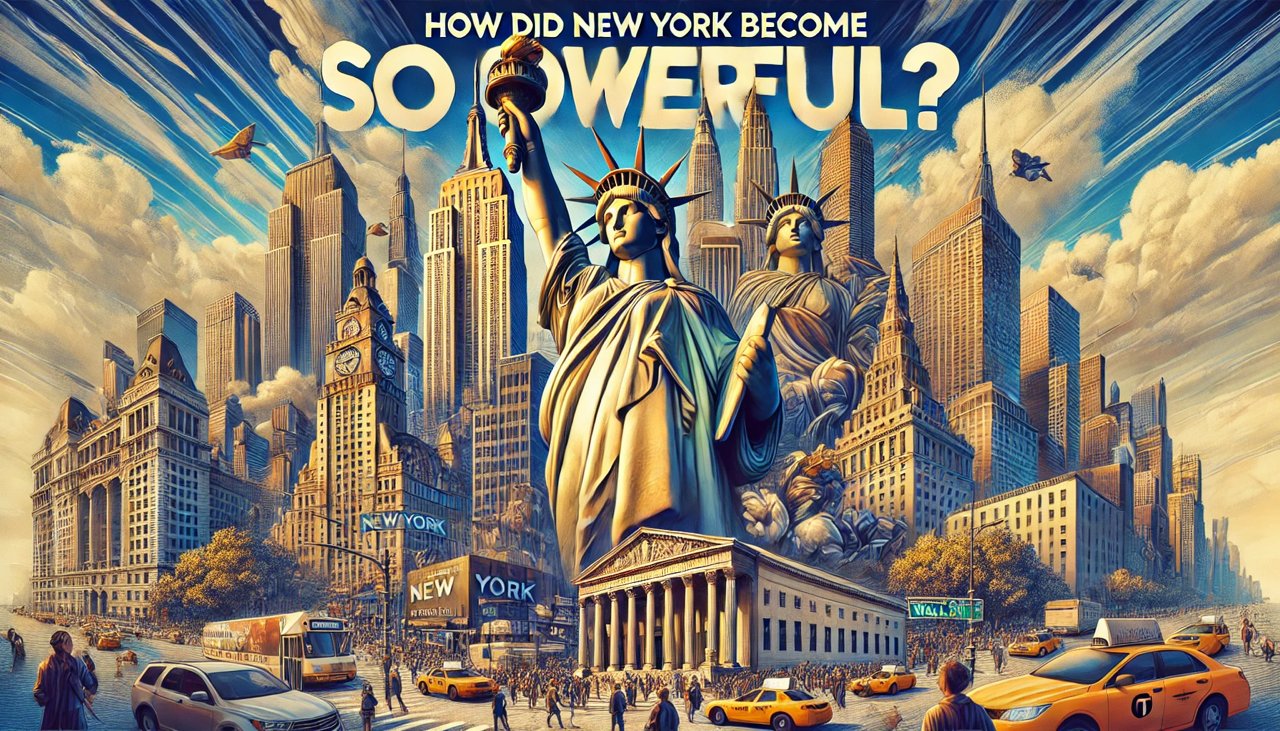
How did New York become so powerful
strategic geography, economic powerhouses like Wall Street, cultural diversity, and resilience through adversity. From its role as a global financial hub to its cultural melting pot of neighborhoods, this city remains an emblem of opportunity, growth, and influence.
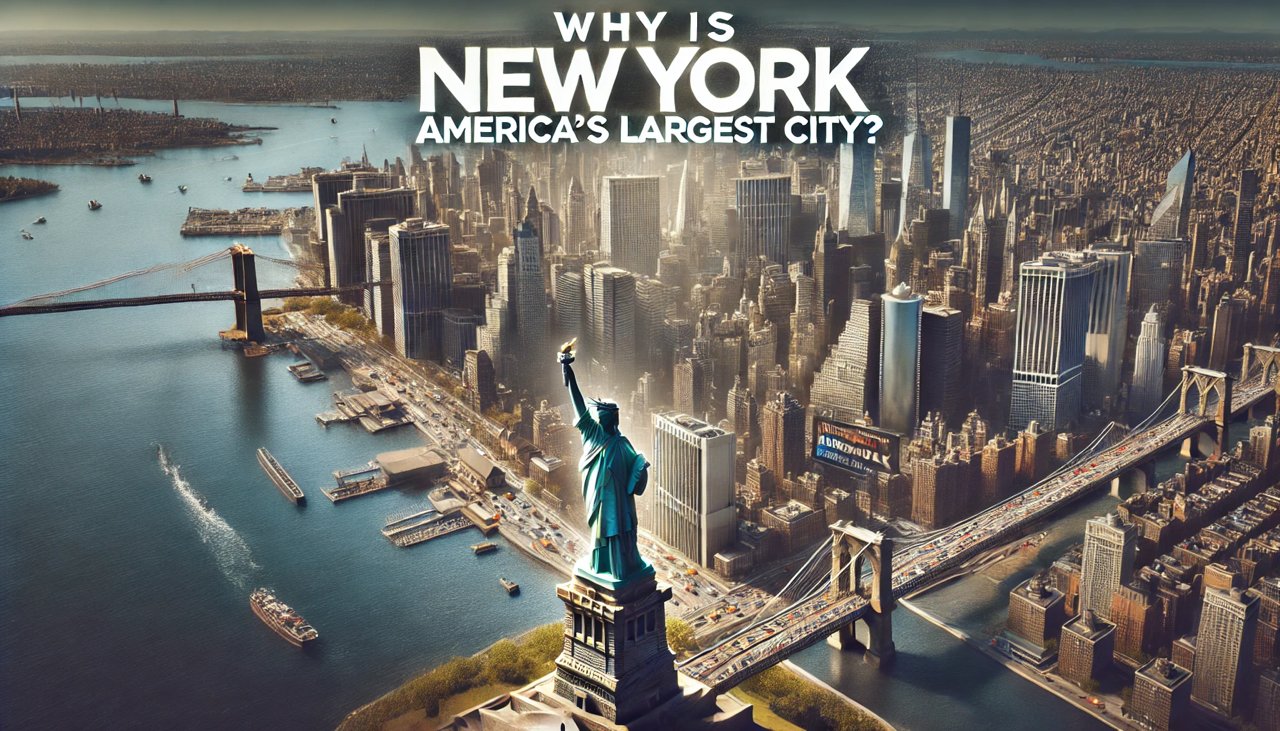
Why is New York America’s largest city?
New York City, often referred to as "The Big Apple," is the largest and most diverse city in America. Its economic power, cultural richness, and vibrant neighborhoods, combined with strong infrastructure and world-renowned institutions, have shaped it into a global hub. From Wall Street to Broadway, New York continues to thrive as a center of opportunity and diversity.

Why Has New York Suddenly Become Such a Democratic Stronghold?
New York has evolved into a Democratic stronghold due to a combination of historical factors, demographic shifts, urbanization, and cultural influences. The state's progressive values, diverse population, and well-established political infrastructure, especially in cities like Manhattan and Brooklyn, contribute to its consistent Democratic voting patterns in both local and national elections.
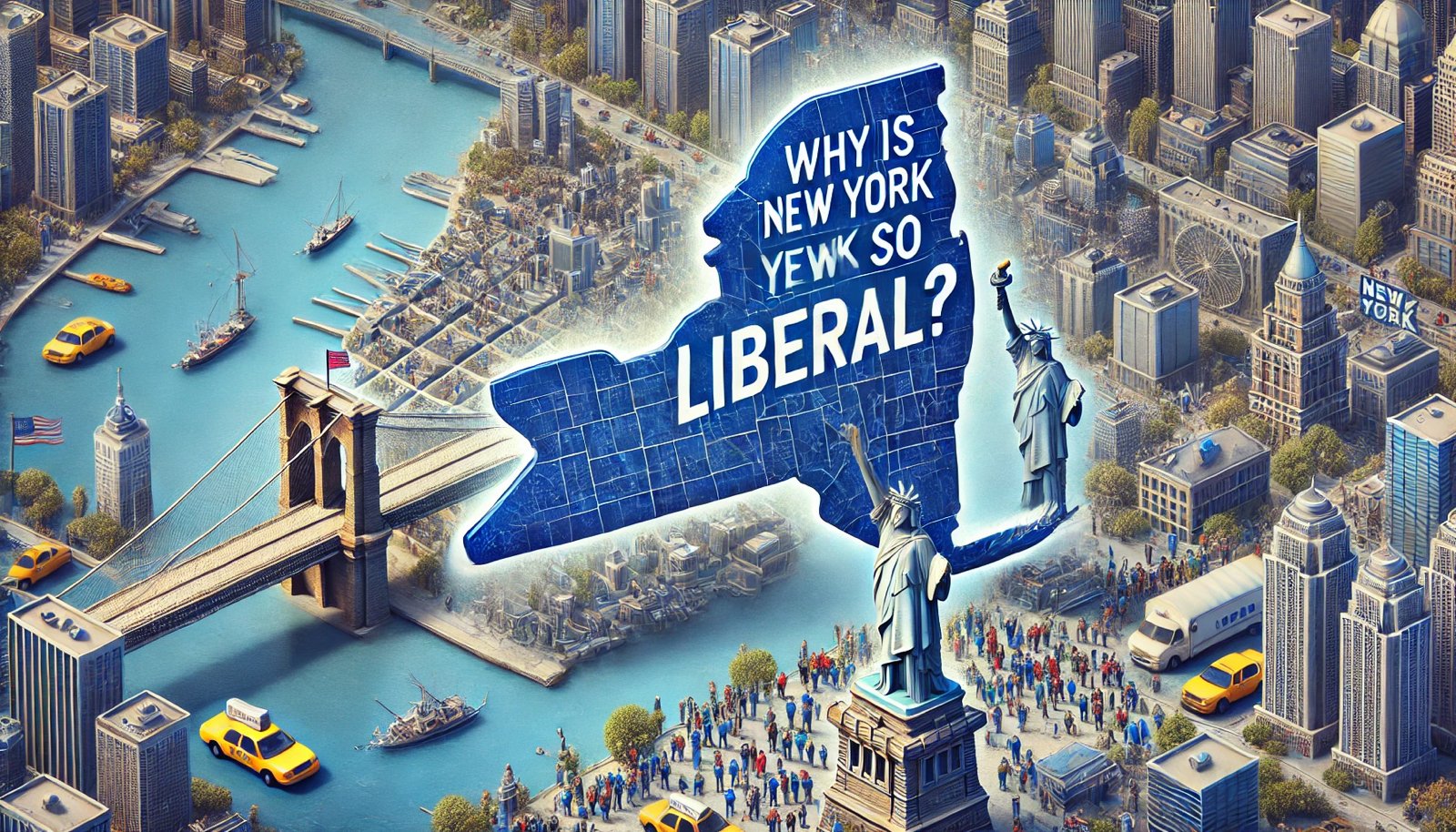
Why is New York so liberal?
New York's liberal leaning is driven by a combination of historical progressive movements, diverse demographics, and urbanization. The state’s dense urban centers like Manhattan and Brooklyn contribute heavily to Democratic dominance, while its media and cultural influence further amplify progressive values. These factors have made New York a stronghold of liberal ideologies
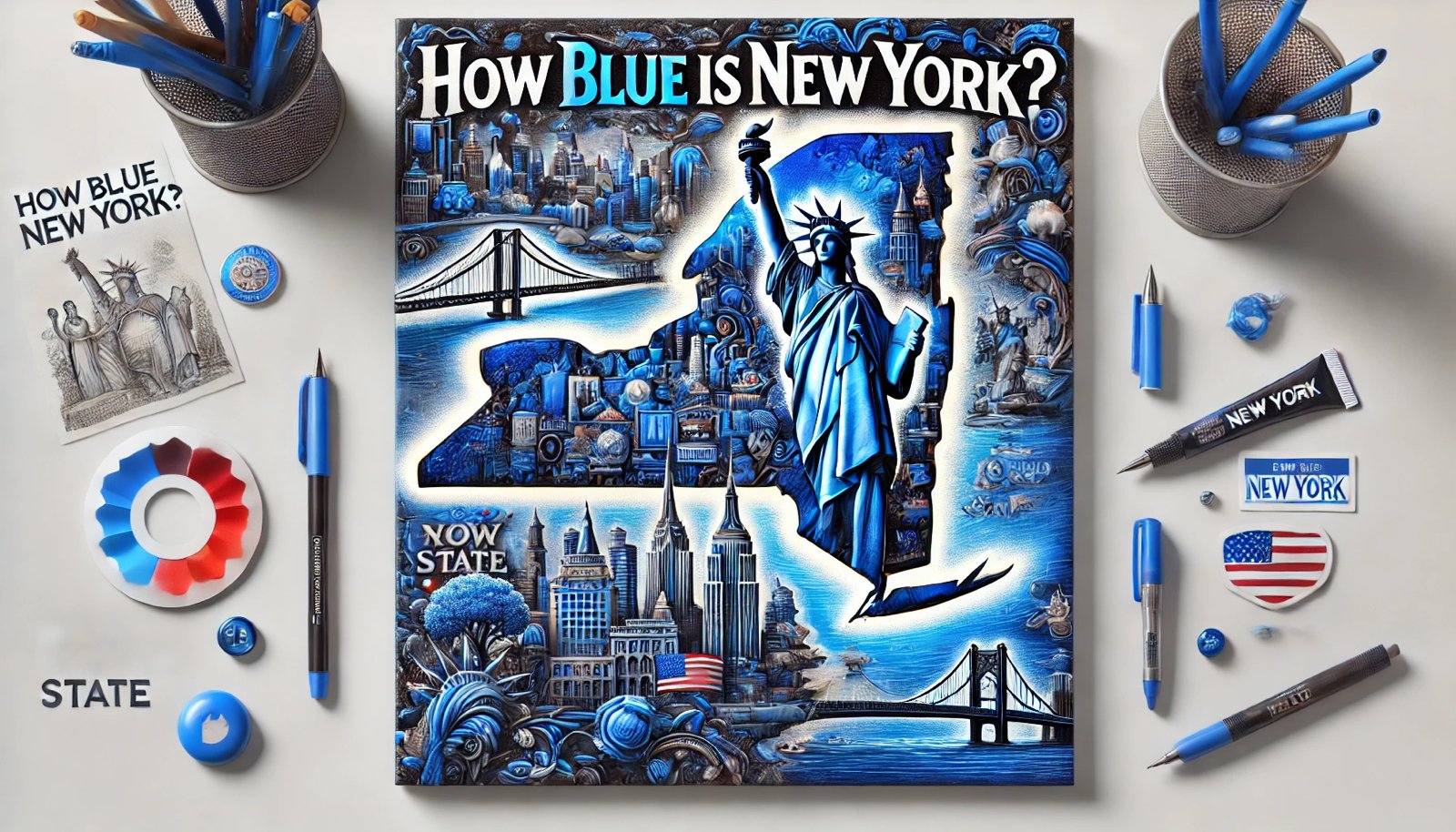
How ‘blue’ is New York?
New York's status as a Democratic-leaning state stems from its diverse population, urban-rural divide, and cultural influences. With a strong concentration of Democratic voters in urban centers like Manhattan and Brooklyn, coupled with progressive ideals amplified through media and history, New York has solidified its blue state identity in recent decades.

What Is the Reason Behind New York's Being a Blue State?
New York's consistent support for Democratic candidates is driven by factors such as demographic diversity, urbanization, and progressive cultural influences. With large immigrant and minority populations, particularly in cities like Manhattan and Brooklyn, along with younger, liberal-leaning voters, the state’s political landscape favors Democratic policies. This trend is further bolstered by the state's thriving economy and its progressive cultural values.

What percent of New York is republican
New York remains a Democratic stronghold, yet 21% of its population identifies as Republicans. While Manhattan and Brooklyn lean heavily Democratic, suburban and rural areas like Staten Island and upstate New York show stronger Republican support. As New York’s political landscape evolves, these dynamics continue to shape both local and national elections.

Why Does Manhattan Overwhelmingly Vote Democratic?
Manhattan has long been a stronghold for Democratic candidates, driven by social, economic, and historical factors. Its diverse population, progressive urban culture, and established political infrastructure shape its consistent support for Democratic policies. As Manhattan evolves, it remains a pivotal player in New York’s and the nation’s political landscape, promoting inclusivity and progressive ideals.
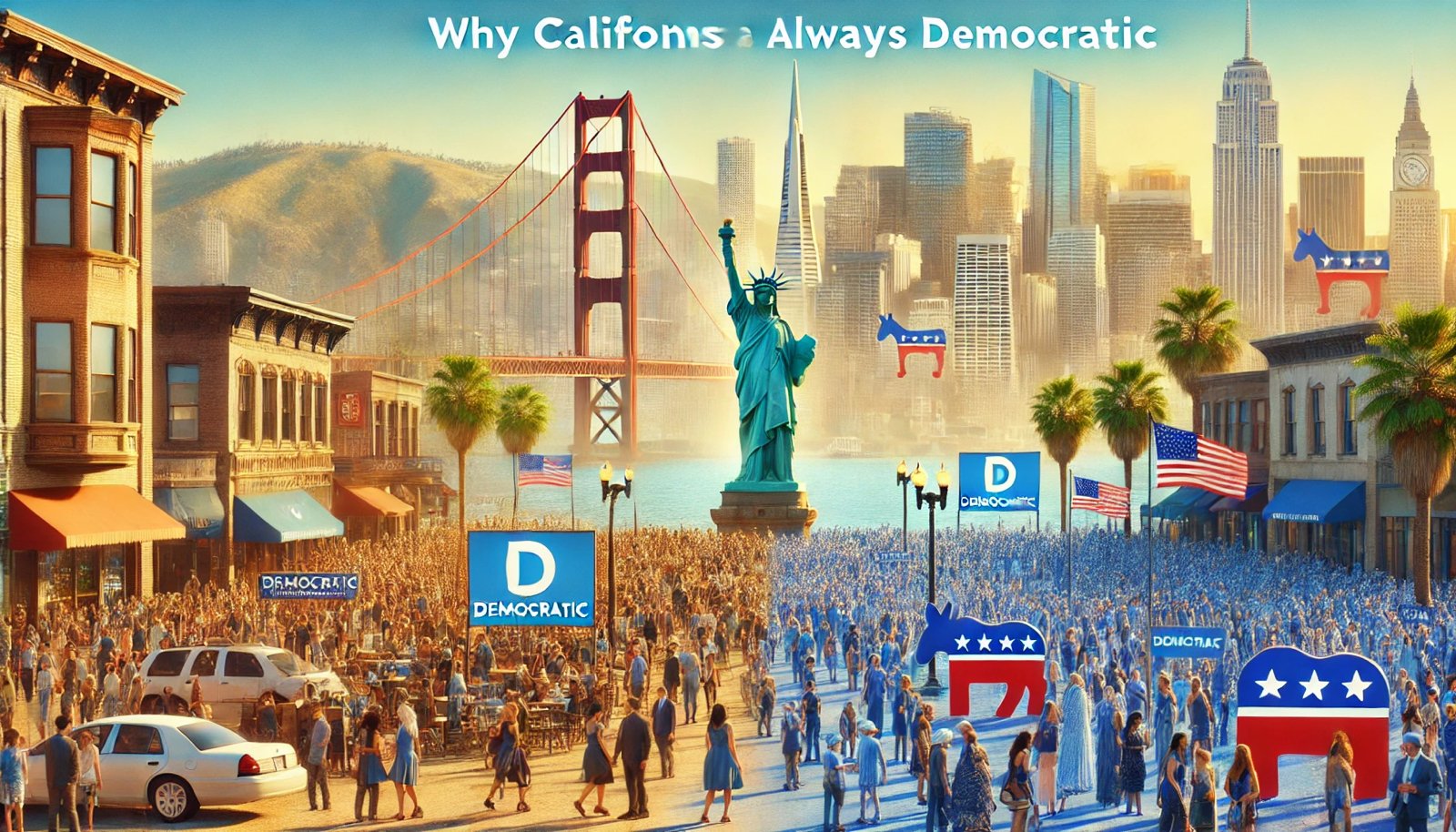
Why are California and New York always democratic?
California and New York are considered the quintessential Democratic states in the U.S. due to deep-rooted voting patterns shaped by demographic shifts, urbanization, and socio-economic influences. Both states, once battlegrounds, have evolved politically over time. Their progressive attitudes are largely driven by diverse populations, urban centers, and a well-established political infrastructure that continues to favor Democratic candidates and policies.